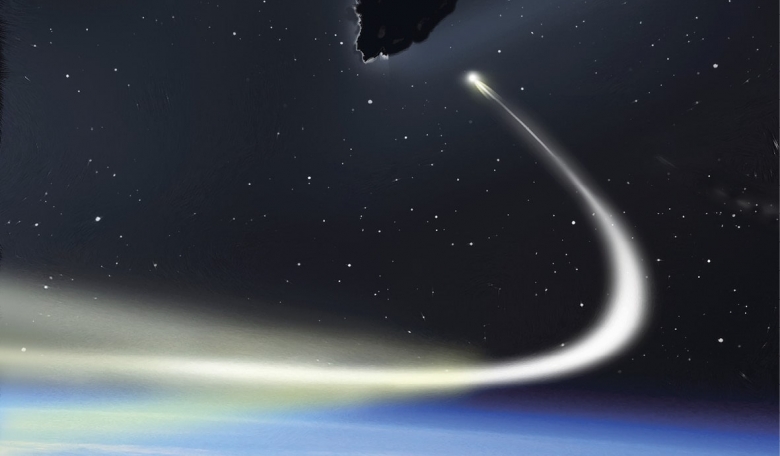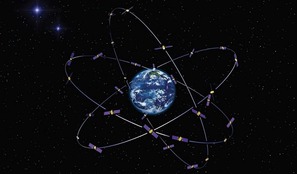Our planet has been the target of many meteor strikes over the eons, and it is just a matter of time before one collides with us again. Hoping to divert a potential modern day and world wide devastating event are two dedicated missions that will test out key deflective technology on a pair of asteroids 10 million kilometres from Earth.
Throughout its history, the Earth has been continually impacted by asteroids and comets. Some impacts have had catastrophic effects, such as the one believed to be responsible for the extinction of the dinosaurs 65 million years ago. Other impacts, on a much smaller scale, happen all the time, providing the tens of thousands of meteorite samples that are studied around the world to learn about the earliest days of our Solar System. The combined activities undertaken to understand the hazards posed by these natural objects impacting our planet, and the efforts to develop approaches for avoiding impacts or managing their aftermath, is the purview of planetary defence matters.
While planetary defence activities have been occurring for decades, (in particular, searching for and tracking near-Earth asteroids), planetary defence efforts have not risen to the level, or the budgets, of having dedicated spacecraft missions. The most immediately relevant objects for planetary defence are asteroids of an intermediate scale, ones on the order of a few hundred metres.














